Description
Composition
1 ampoule (5 ml of solution) contains: active substance – meldonium dihydrate 500 mg,
excipient – water for injection
Pharmacological properties
Pharmacokinetics
Suction
After intravenous administration of multiple doses of meldonium, the maximum concentration (Cmax) reached 25.50 ± 3.63 μg / ml.
Bioavailability was increased in individuals with an increase in Cmax, area under the concentration-time plot (AUC) and elimination half-life (t1 / 2), in patients with liver cirrhosis and in patients with severe renal failure. When administered intravenously, the AUC after single and repeated doses of meldonium is different. These results indicate the possible accumulation of meldonium in the blood plasma.
Distribution
Meldonium from the bloodstream quickly spreads into tissues; has a high affinity for heart tissue. Plasma protein binding increases with time after dose. Meldonium and its metabolites partially cross the placental barrier. Studies of the excretion of meldonium in human breast milk have not been conducted.
Metabolism
Meldonium is mainly metabolized in the liver.
Withdrawal
Renal excretion plays a significant role in the elimination of meldonium and its metabolites. After a single intravenous administration of 250 mg, 500 mg and 1000 mg doses of meldonium, the half-period of early elimination of meldonium is 5.56-6.55 hours, the final half-period of elimination is 15.34 hours.
Special patient groups
Elderly patients
The dose of meldonium should be reduced in elderly patients with impaired liver or kidney function, in whom bioavailability is increased.
Patients with impaired renal function
Patients with impaired renal function, who have increased bioavailability, should reduce the dose. There is an interaction between renal reabsorption of meldonium or its metabolites (for example, 3-hydroxymeldonium) and carnitine, as a result of which the renal clearance of carnitine increases. There is no direct effect of meldonium, gamma butyrobetaine (GBB) and meldonium / GBB combination on the renin-angiotensin-aldosterone system.
Patients with impaired liver function
Patients with impaired liver function, who have increased bioavailability, should reduce the dose of meldonium. Changes in liver activity indicators in humans after administration of doses of 400-800 mg were not observed. Possible fat infiltration into liver cells cannot be ruled out.
Pediatric population
There is no data on the safety and efficacy of meldonium in children and adolescents under the age of 18, therefore the use of meldonium in this group of patients is contraindicated.
Pharmacodynamics
Meldonium is a structural analogue of the carnitine precursor gamma butyrobetaine (GBB), in which one of the carbon atoms is replaced by a nitrogen atom. Under conditions of increased load, meldonium restores the balance between the delivery and demand of cells for oxygen, eliminates the accumulation of toxic metabolic products in cells, protecting them from damage; also has a tonic effect. As a result of its use, the body acquires the ability to withstand stress and quickly restore energy reserves. Due to these properties, meldonium is used to treat various disorders of the cardiovascular system, blood supply to the brain, as well as to increase physical and mental performance. As a result of a decrease in the concentration of carnitine, GBB is intensively synthesized, which has vasodilating properties. In the case of acute ischemic damage to the myocardium, meldonium slows down the formation of a necrotic zone, shortens the rehabilitation period. In case of heart failure, it increases myocardial contractility, increases exercise tolerance, and reduces the frequency of angina attacks. In acute and chronic ischemic disorders of cerebral circulation, it improves blood circulation in the ischemic focus, promotes blood redistribution in favor of the ischemic area. In case of neurological disorders (after cerebrovascular accidents, brain surgery, head trauma, tick-borne encephalitis), it positively affects the recovery process of physical and intellectual functions during the recovery period.
Indications for use
In complex therapy in the following cases:
– diseases of the heart and vascular system: stable exertional angina, chronic heart failure (NYHA I-III functional class), cardiomyopathy, functional disorders of the heart and vascular system;
– acute and chronic ischemic disorders of cerebral circulation;
– decreased performance, physical and psycho-emotional overstrain;
– during the recovery period after cerebrovascular disorders, head trauma and encephalitis.
Method of administration and dosage
Intravenously. The use of the drug does not provide for special preparation before administration.
Due to the possible stimulating effect, the drug is recommended to be used in the first half of the day.
Adults
The dose is 500 mg – 1000 mg (5-10 ml), intravenously, the drug is administered at a time or divided into two applications. The duration of treatment is usually 10-14 days, after which the treatment is continued with an oral dosage form.
The duration of the course of treatment is 4-6 weeks.
The course of treatment can be repeated 2-3 times a year.
Elderly patients
Elderly patients with liver and / or kidney disease should reduce the dose of meldonium.
Patients with impaired renal function
Since the drug is excreted from the body through the kidneys, a lower dose of meldonium should be used in patients with mild to moderate renal impairment.
Patients with impaired liver function
Patients with mild to moderate hepatic impairment should use a lower dose of meldonium.
Pediatric population
There is no data on the safety and effectiveness of the use of meldonium in children and adolescents under the age of 18, therefore the use of this drug in children and adolescents is contraindicated.
Side effects
Often (≥1 / 100 to <1/10):
– allergic reactions (hypersensitivity, allergic dermatitis, urticaria, angioedema, anaphylactic reaction)
– headache
– dyspepsia (feeling of heaviness, bloating, fullness, pain and discomfort in the epigastrium, nausea)
Rarely (≥1 / 10,000 to <1/1000):
– excitement, fear, obsessive thoughts, sleep disturbance
– paresthesia, tremor, hypesthesia, tinnitus, vertigo, dizziness, gait disturbance, light-headedness, loss of consciousness
– tachycardia / sinus tachycardia, atrial fibrillation, arrhythmia, chest discomfort / chest pain
– fluctuations in blood pressure, hypertensive crisis, hyperemia, pallor of the skin
– sore throat, cough, dyspnea, apnea
– dysgeusia (metallic taste in the mouth), loss of appetite, nausea, vomiting, gas build-up, diarrhea, abdominal pain
– rashes (general / macular / papular), itching
– back pain, muscle weakness, muscle spasms
– pollakiuria
– general weakness, tremors, asthenia, general edema, edema of the face, edema of the legs, feeling of heat, feeling of cold, cold sweat
– abnormalities in the electrocardiogram (ECG), acceleration of the heart, eosinophilia
Contraindications
– hypersensitivity to meldonium dihydrate
– severe hepatic and / or renal impairment, due to the lack of data on the safety of use
– pregnancy and lactation, due to the lack of data on the clinical use of the drug during this period
– children and adolescents up to 18 years of age, due to the lack of data on clinical use during this period
Drug interactions
Meldonium can be used together with long-acting nitrates and other antianginal agents for the treatment of stable exertional angina pectoris, together with cardiac glycosides and diuretics for the treatment of heart failure.
Meldonium can be combined with anticoagulants, antiplatelet agents, antiarrhythmics and drugs that improve microcirculation.
Meldonium can enhance the effect of drugs containing glyceryl trinitrate, nifedipine, beta-blockers, other antihypertensive drugs and peripheral vasodilators.
In patients with chronic heart failure who are simultaneously taking meldonium and lisinopril to reduce symptoms, a positive effect of combination therapy (vasodilation of the main arteries, improvement of peripheral blood circulation and quality of life, reduction of psychological and physical stress) has been revealed.
When meldonium was used in combination with orotic acid to eliminate damage caused by ischemia / reperfusion, an additional pharmacological effect was observed.
As a result of the simultaneous use of Sorbifer and meldonium in patients with anemia caused by iron deficiency, the composition of fatty acids in erythrocytes improved.
Meldonium helps to eliminate pathological changes in the heart caused by azidothymidine (AZT), and indirectly affects the reactions of oxidative stress caused by AZT, leading to mitochondrial dysfunction. The use of meldonium in combination with AZT or other drugs for the treatment of acquired immunodeficiency syndrome (AIDS) has a positive effect on AIDS therapy.
In the ethanol-induced loss of balance reflex test, meldonium decreased sleep duration. During convulsions caused by pentylenetetrazole, a pronounced anticonvulsant effect of meldonium was established. In turn, when an alpha2-adrenergic blocker, yohimbine at a dose of 2 mg / kg and an inhibitor of nitric oxide synthase (COA) N- (G) -nitro-L-arginine at a dose of 10 mg / kg are used before therapy with meldonium, the anticonvulsant effect is completely blocked meldonia.
An overdose of meldonium can increase the cardiotoxicity caused by cyclophosphamide.
Carnitine deficiency resulting from the use of D-carnitine (the pharmacologically inactive isomer) -meldonium may increase the cardiotoxicity caused by ifosfamide.
Meldonium is protective against indinavir-induced cardiotoxicity and efavirenz-induced neurotoxicity.
It is not recommended to use it together with other drugs containing meldonium, as the risk of side effects may increase.
Special instructions
Patients with chronic liver and kidney disease should be careful with prolonged use (liver and / or kidney functions should be monitored).
Features of the effect of the drug on the ability to drive a vehicle or potentially dangerous mechanisms
There is no data on the effect on the ability to drive a vehicle or potentially dangerous machinery.
Overdose
Overdose cases are unknown, the drug is low-toxic and does not cause side effects hazardous to the patient’s health.
In case of low blood pressure, headaches, dizziness, tachycardia, and general weakness are possible. Treatment is symptomatic.
In case of severe overdose, it is necessary to monitor the functions of the liver and kidneys.
Due to the pronounced binding of the drug to proteins, hemodialysis is not essential.
Storage conditions
Store at a temperature not exceeding 25 ° C.
Do not freeze!
Keep out of the reach of children!
Shelf life – 4 years
Do not use after the expiration date printed on the package.
Additional information
| Ingredient |
|---|





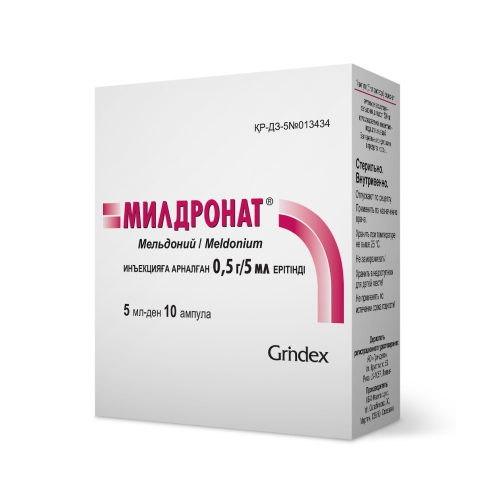
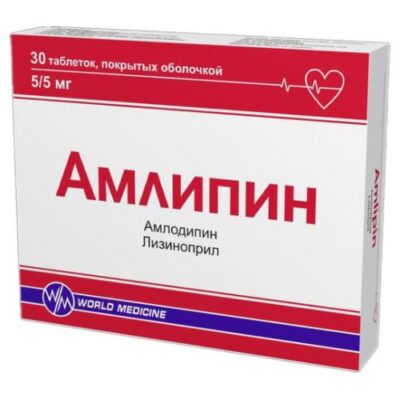
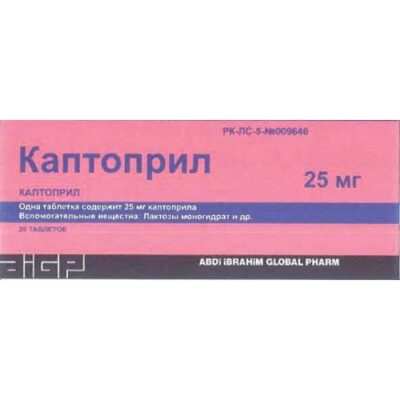
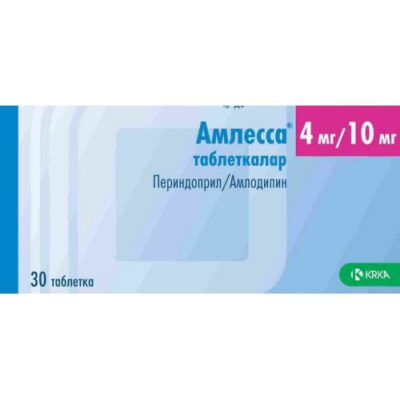
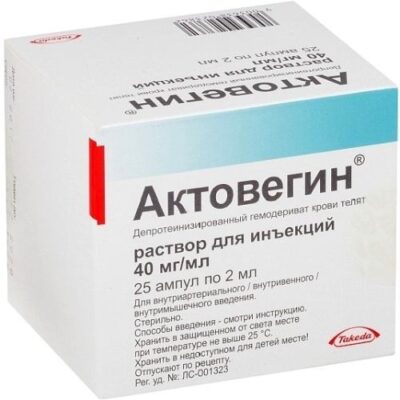
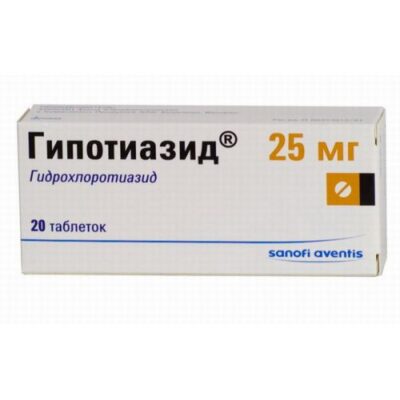
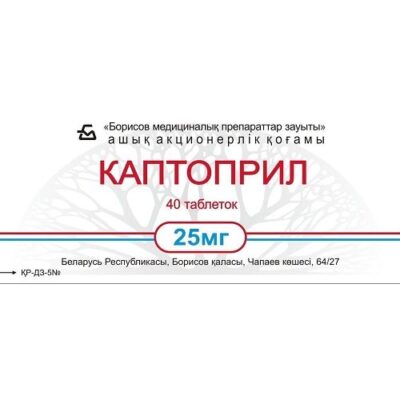
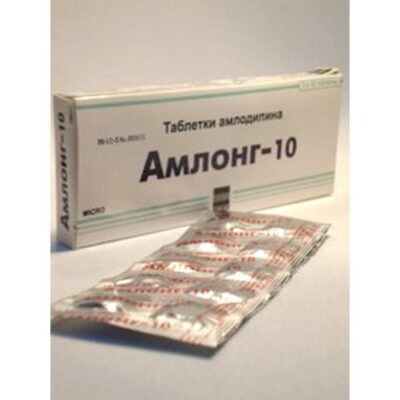

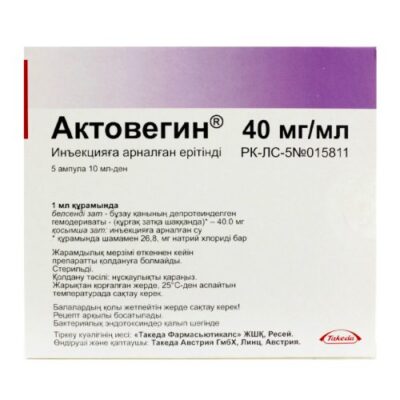
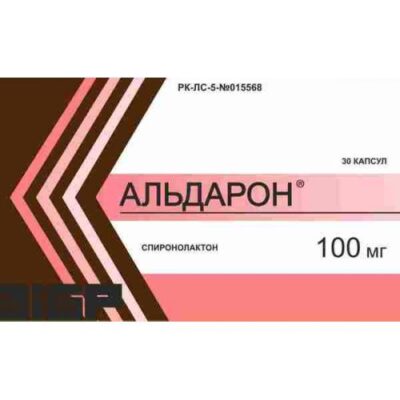






Reviews
There are no reviews yet.